Brick masonry is a highly durable form of construction, it is constructed by systematically placing bricks in mortar to form a solid mass that withstands exerted loads. Brick bond in masonry adheres bricks together, it is constructed by filling the joints between the bricks with suitable mortar.
The strength of brick masonry depends on the bonding material and the method of brick bonds adopted.
Here we will learn about brick masonry, types of brick masonry & much more.
Introduction to brick masonry:
Brick bonds are an essential part of masonry construction with standard brick size load-bearing building units are built.
A number of bricks are stacked together.
The mortar paste is placed on top of each brick to form a firm bond, there are different ways in which the bricks placed are known as bonds.
Common terms used in brick masonry:
Course: A course is a horizontal layer of brick in a wall.
Joint: It is the junction of two or more bricks in construction.
Header: It is a brick for masonry work with its largest length at the right angle.
Stretcher: It is brick with its longest side parallel to the face of the masonry work.
Frog in brick masonry: A small depression purposely formed on one side of the brick is called a frog.
The frog is made for two purposes:
- The name of the brick maker may be incised in a frog.
- The frog forms a key between two courses of brickwork, it is completely filled with mortar when laying bricks.
Face: The surface of a wall exposed to the weather is called a face.
Facing: The material used in the face for the wall is facing.
Back: The internal surface of the wall that is not exposed to the weather is called back.
Backing: The material that makes up the back is known as backing.
Bed: The lower surface of a brick when it is levelled is called a bed.
Hearting: The part of the wall between the facing and the backing is called the hearing.
Closer: At the end of the work of brick courses, a piece of wick placed to close the bond in the construction of masonry is called closer.
Lap: It is defined as the horizontal distance between vertical joints; if the lap length is 1/4, the bond construction is good.
Bats: It is defined as a brick portion when widened.
Types of Brick in Masonry:
1.Acid resistant bricks:
Acid resistant bricks are specially manufactured in chemical plants, it is made from a mixture of refractory clay, felspar and some form of silica such as white sand and flint.
2.Engineering Bricks:
Engineering bricks are different than normal clay manufacturing bricks, these clay bricks are less porous and absorb less water.
These bricks are very hard, therefore used for paving in construction work.
3.Silica Bricks:
These bricks have a very high percentage of silica ranging from 95 to 97%; small amount of lime about 1 to 2% is added to serve as a binding material.
Silica bricks can stand up to high temperatures up to about 2000 °C; therefore these bricks are used in the construction of chimneys brick masonry.
4.Refractory bricks:
Refractory bricks can withstand temperatures up to 1700 ° C.
These bricks are used in the manufacture of lime flakes, stove and various types of furnaces that are used in the metallurgical process.
These types of bricks are manufactured in brick kilns.
5.Sand-Lime Bricks:
These sand lime bricks are very strong and hard bricks produced by a process that has a chemical reaction that does not need a mechanical mixture under pressure.
These bricks are stronger than clay bricks, they are similar in colour and texture with sharp edges, therefore these bricks are used in decorative work due to its fine texture and uniform colour.
6.Blue Bricks:
These bricks are very hard and dense made from the soil with 7 to 10% iron oxide; these bricks are fired at a temperature of 1250 ° C.
Blue bricks are used for heavy engineering construction work such as bridges.
7.Coloured Bricks:
This type of bricks is rarely used in India, they are used for decoration work..
These bricks have cylindrical holes throughout their thickness.
They are light in weight and require less amount of soil for preparation.
8.Perforated Bricks:
These bricks are mainly used in the manufacture of the panel of bricks for lightweight structures and multi-storey frame structure.
9.Fire bricks:
These fire bricks are used for the manufacture of stoves, furnaces and chimneys where bricks are required to resist very high temperatures.
10.Hollow Brick or Hollow Block:
These type of bricks are also called cavity bricks or cellular brick, it has a wall thickness about 20 mm to 25 nm prepared from special homogeneous clay.
They are lighter in weight, also reducing the transmission of heat, sound and damp.
These hollow block are used in the construction of brick masonry.
11.Fly-ash bricks:
Fly ash is a fine powder thrown as a large amount of waste material at a thermal power station.
The Fly-ash looks like a pozzolana, it is acidic in nature and its main components are silica, aluminium oxide and ferrous oxide.
Small quantities of fly-ash, lime, sand and magnesium chloride are used as chemical accelerators in the process of making fly-ash bricks.
Fly-ash, sand and lime are mixed together in the ratio of 8O: 13: 7; hydraulic presses are used to make hydraulic bricks.
Semi-dried bricks are cured in a steam chamber at the appropriate pressure and temperature.
Fly ash bricks are superior to traditional burnt bricks in size, technical specifications, compression strength and impermeability.
These bricks are lighter in weight and 10 to 15% cheaper than traditional bricks.
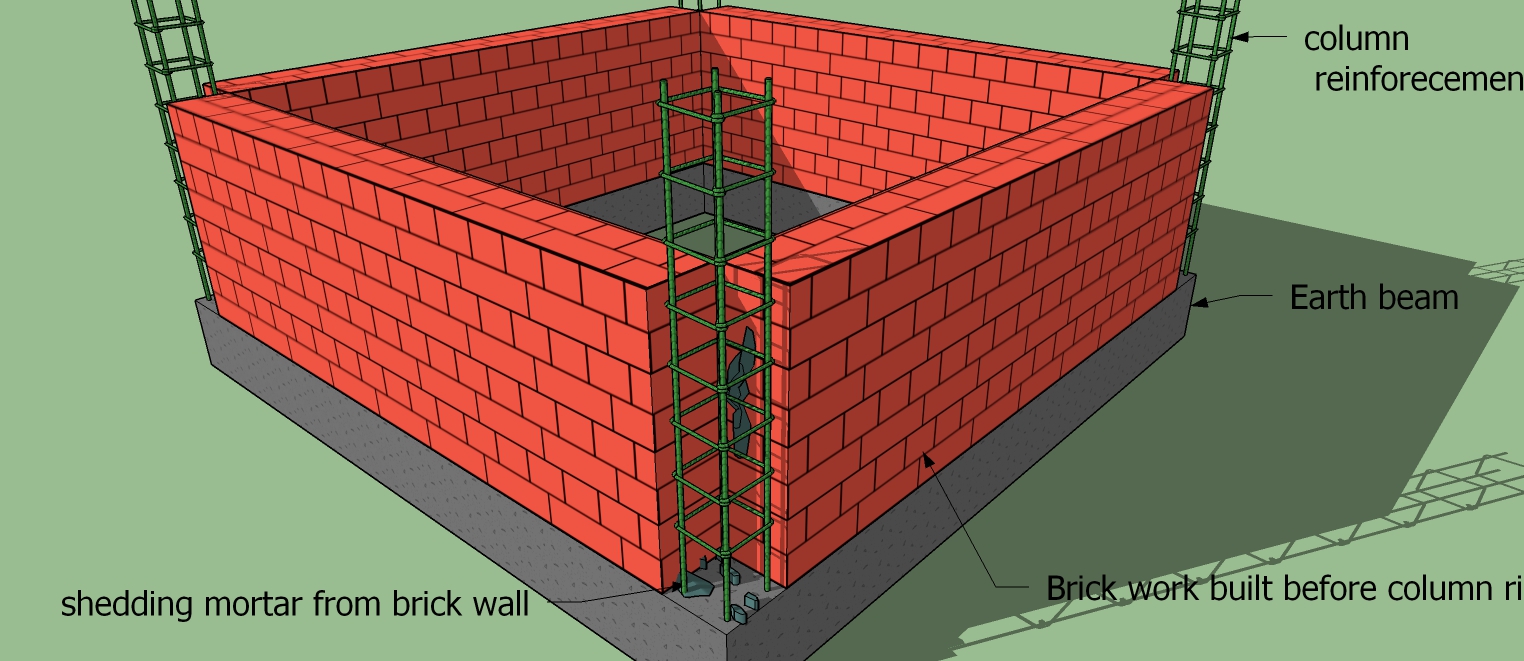
Advantages of brick masonry:
- Brick masonry is cheaper than stone masonry.
- Brick blocks do not require any dressing.
- They are very light in weight.
- No complicated lifting equipment is required for brickwork.
- There is no problem with its availability.
- They do not require transportation for long distances.
- They can be made with less skilled laborers.
- The bonding strength is very good and the brickwork is more durable.
Disadvantages of brick masonry:
- Time-consuming manufacturing process.
- Brick masonry cannot be used in a high seismic zone.
- Bricks have very low tensile strength.
- Since bricks absorb water easily, it causes fluorescence when not exposed to air.
- A rough surface of bricks can cause mold to grow if not cleaned properly.
Following points require for good Brick Masonry:
- A good brick masonry should be used in areas where sound, hard, well-burnt, and hardened with uniform color, shape, and size.
- The bricks should be compact, homogeneous, pores-free, with cracks, defects, air bubbles, and stone lumps.
- These bricks can be soaked in water for at least two hours before use.
- In brickwork, bricks should be placed on their beds with frogs.
- The brick course should really focus on horizontal and truly vertical joints.
- Brick walls should be raised evenly with a proper bond, the height of brick masonry construction should not exceed 1.5 meters in a day.
- Finished brickwork is cured for a period of 1 to 2 weeks.
- A good brick should have a fine, compact, and uniform texture.
- Good brickwork should have compressive relative strength and durability.
- It should have maximum resistance to weathering.
- Good brickwork should be fire-resistant.
Also read: Masonry Wall & Composite Masonry
Conclusion:
Brick masonry increases the thermal mass of a building and makes it resistant to fire.
Masonry tends to be heavy and it should be built on a strong foundation such as reinforced concrete to avoid settlement and breakage.

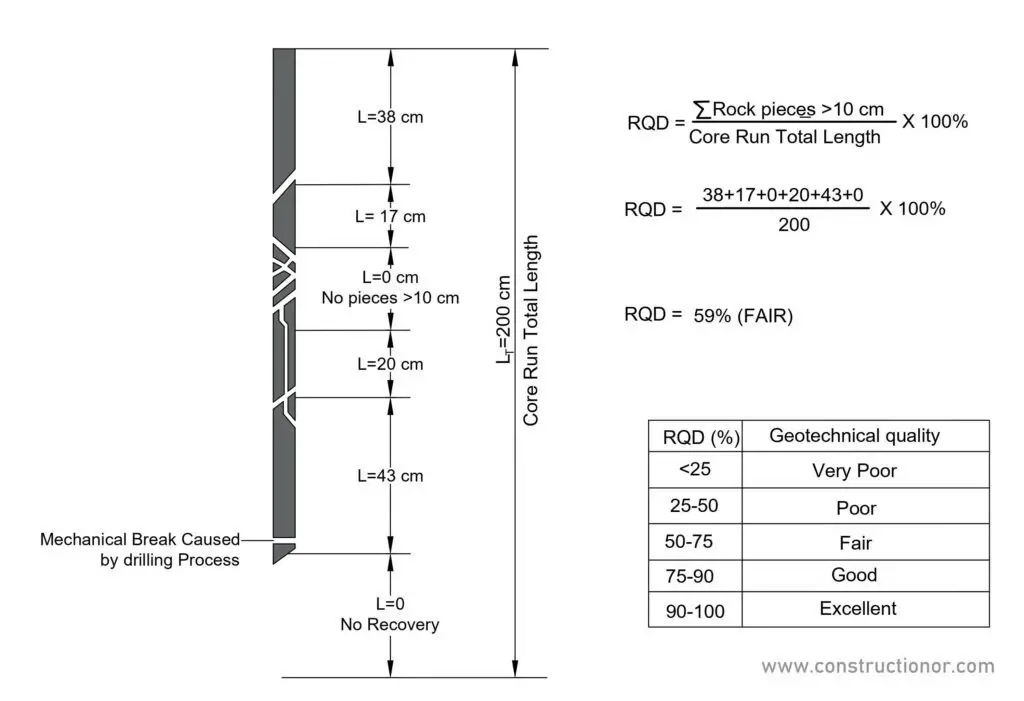



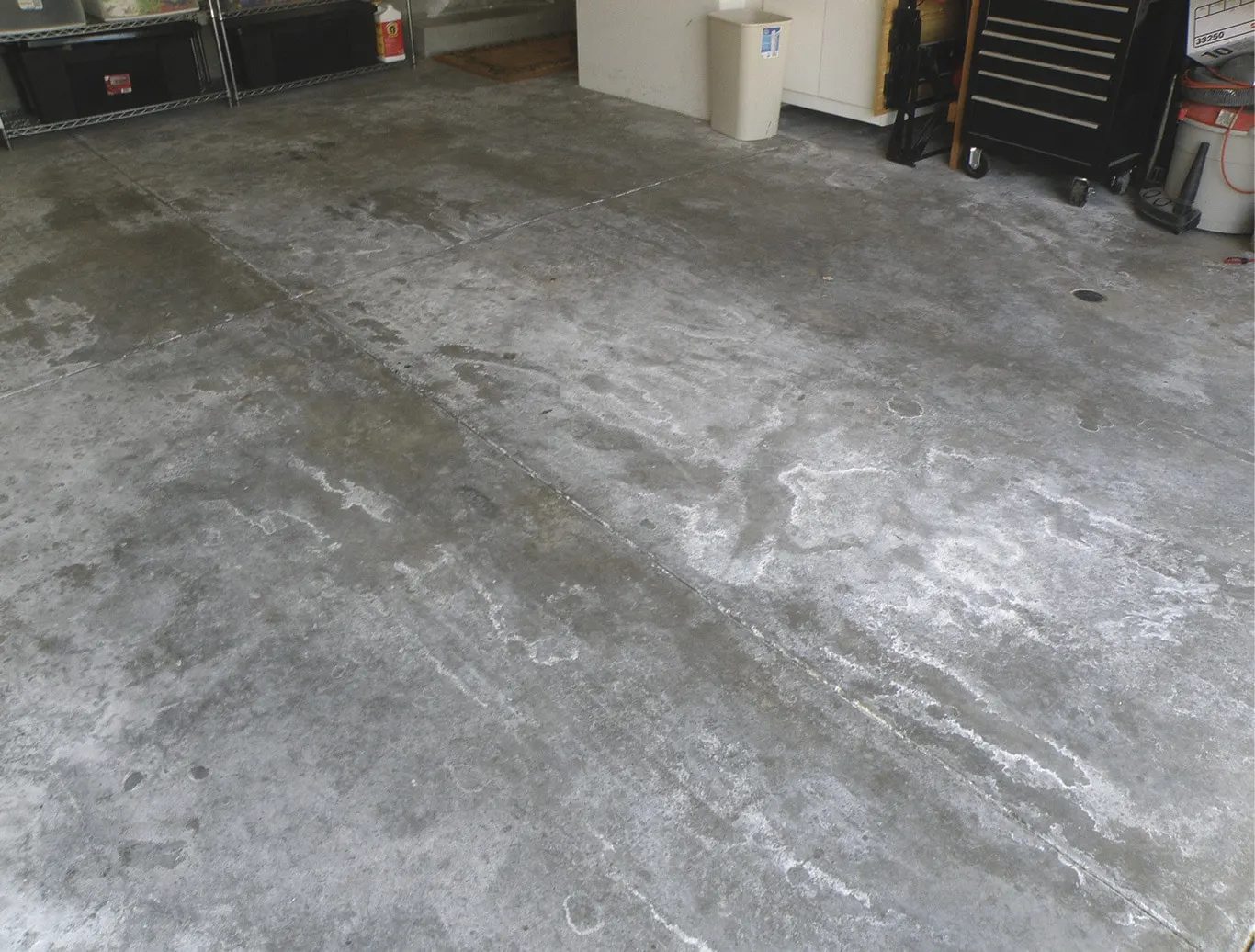
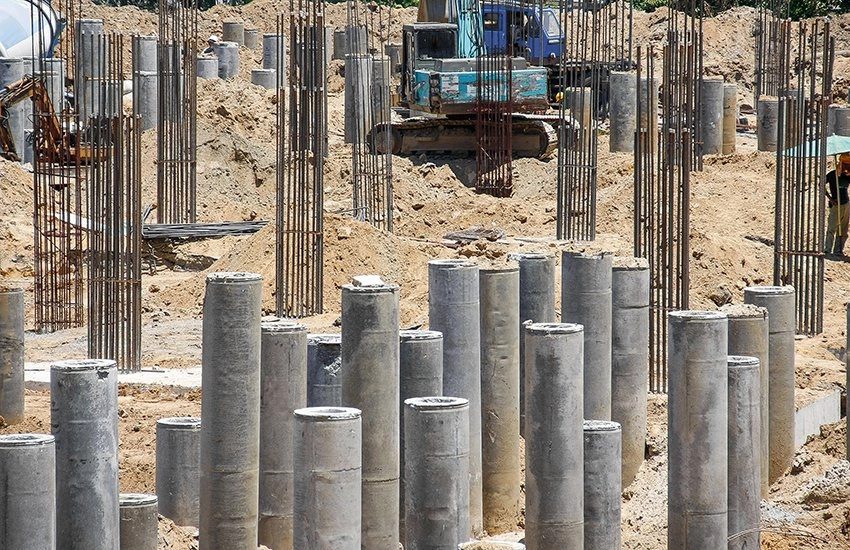

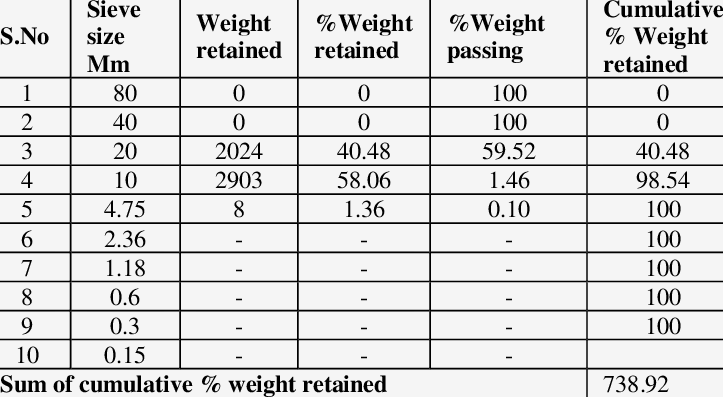
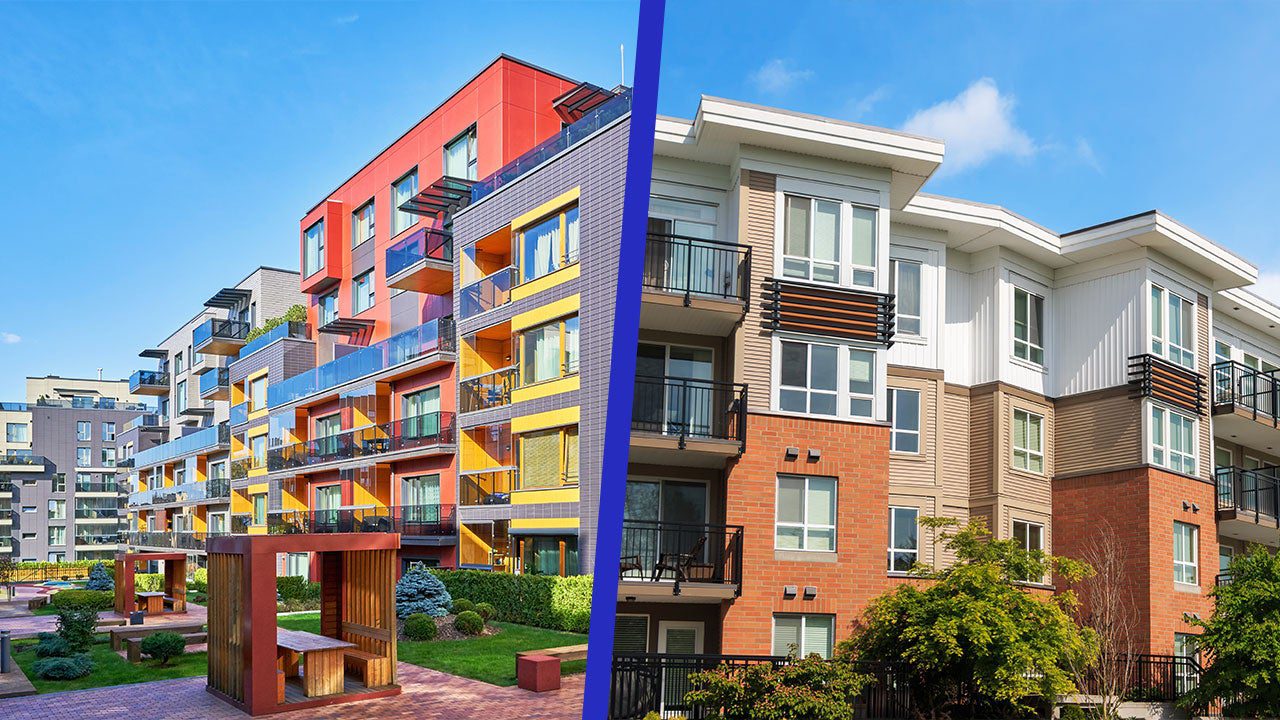
It’s great that you mentioned that acid-resistant bricks are made from a mixture of refractory clay, felspar, and some form of silica, making them resistant to chemicals. My brother, who manages a chemical plant, needs to renovate the floors of the building. I’ll share this with him tomorrow during our dinner date. Thanks.